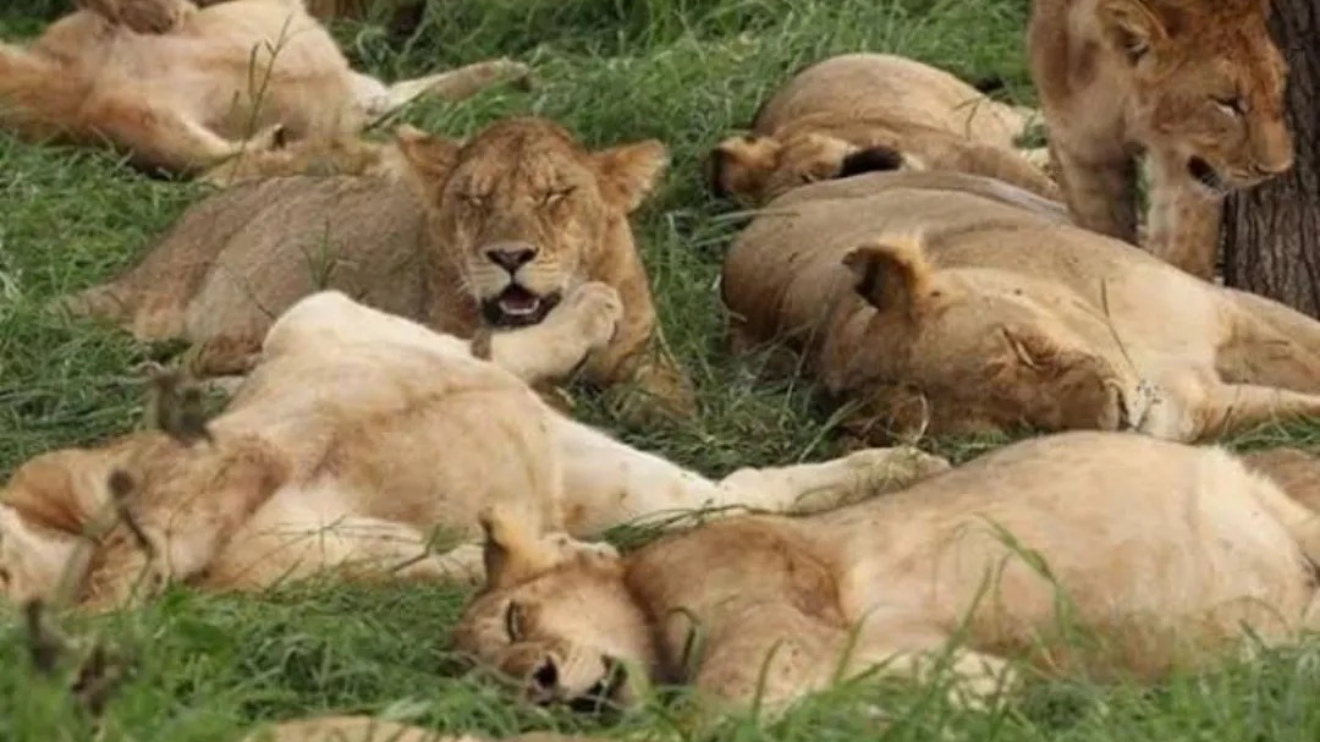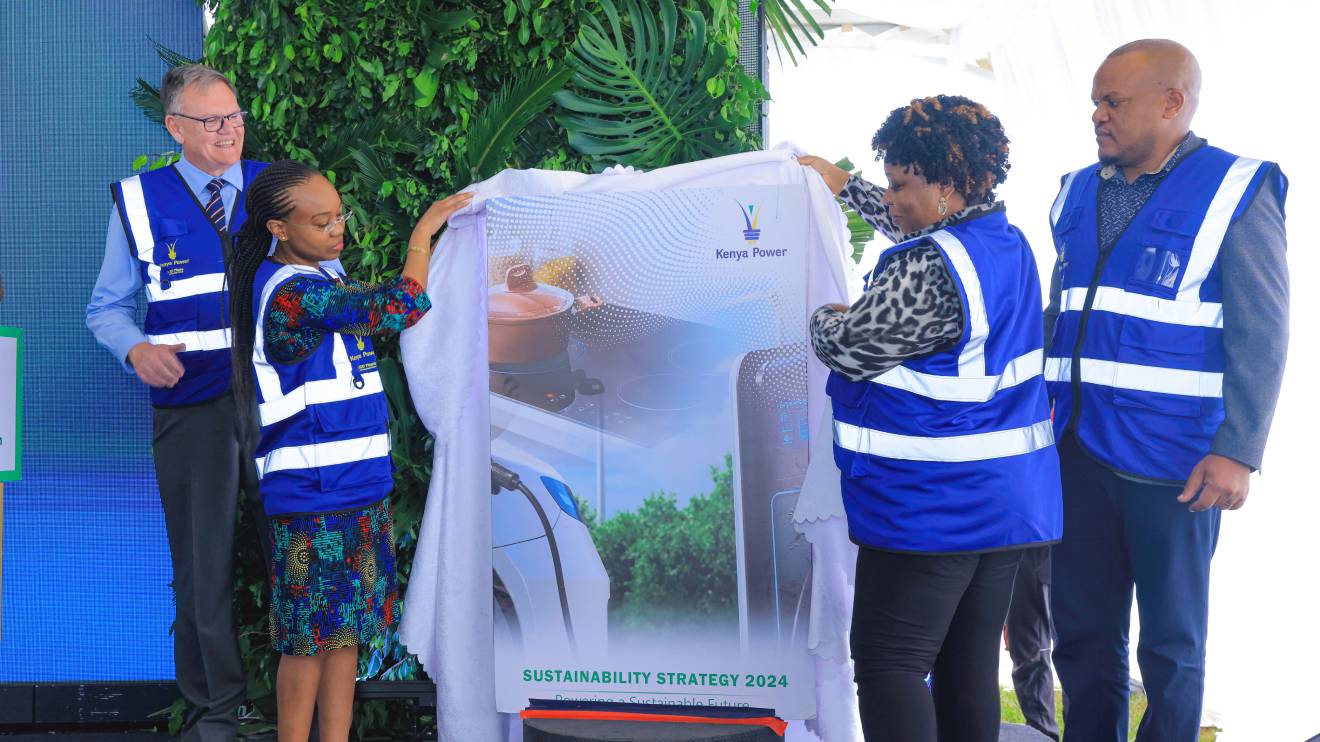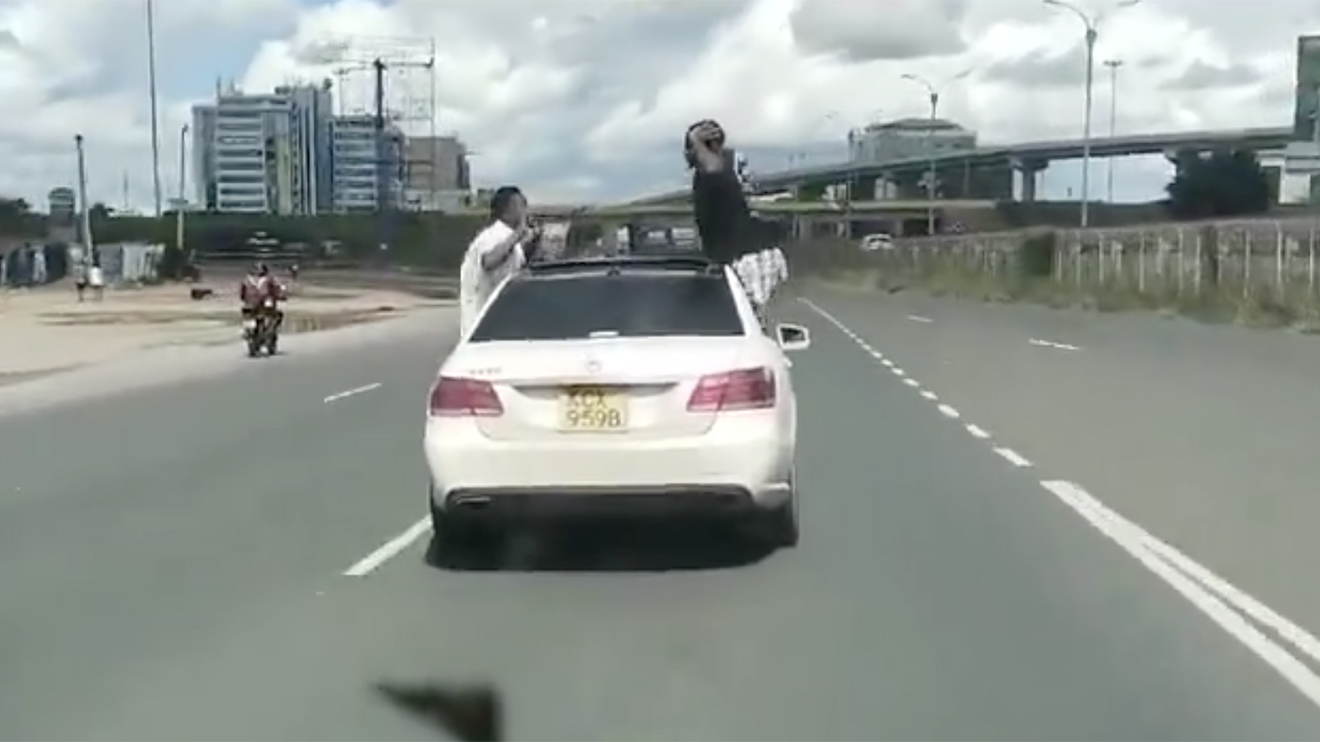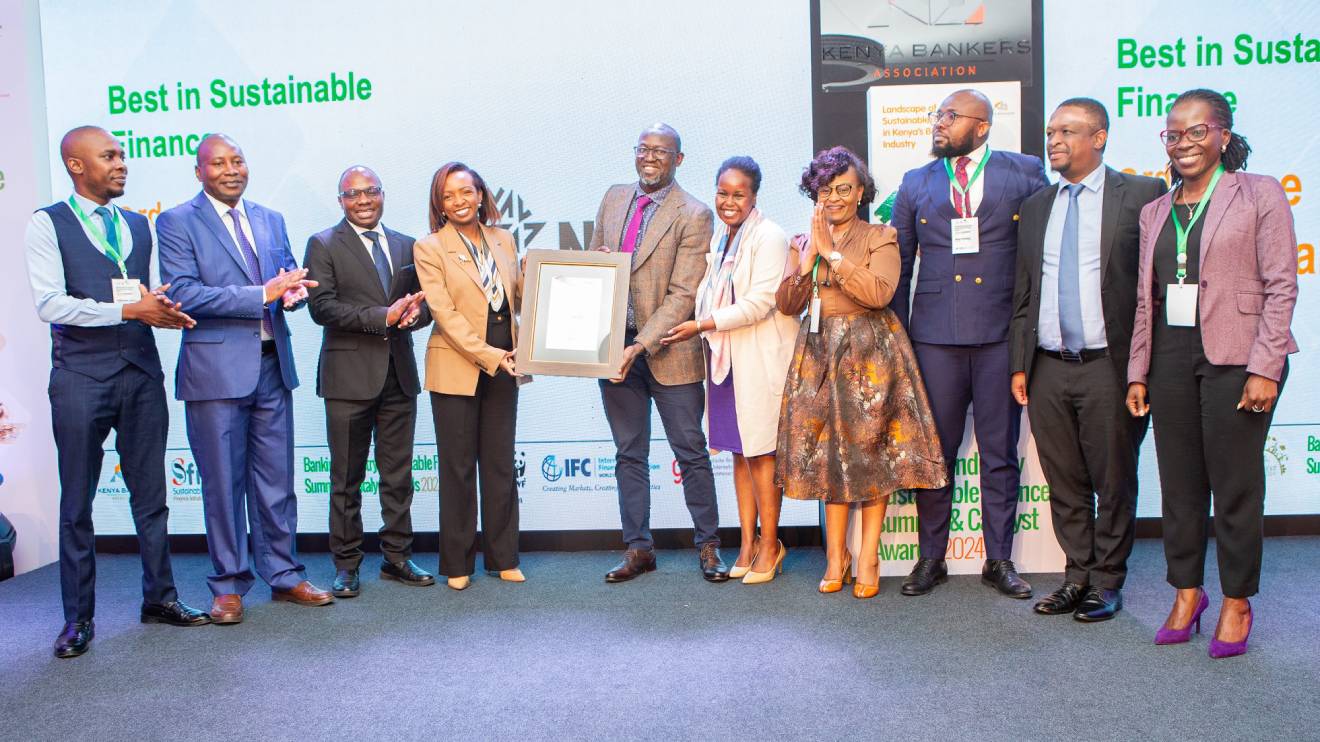World Animal Protection has expressed its dismay over the recent killing of six lions from Amboseli National Park after they allegedly raided nearby Nashipa village in Kajiado County.
In a statement, the prominent international animal welfare organization emphasized that there was an urgent need to address the rampant human-wildlife conflict in the region.
World Animal Protection spokesperson Dr Jane Carter called for the exploration of alternative dispute resolution mechanisms before such drastic measures are taken.
“This tragic event is a clear demonstration of the urgent need to address the human-wildlife conflict in this region,” said Dr Carter.
She added, “While we understand the losses suffered by the community, there are alternative dispute resolution mechanisms that should be explored rather than resorting to such extreme measures.”
Read More
The killing of the six lion killings from Amboseli comes days after four other lions were killed bringing the total number of lion deaths in the Amboseli Ecosystem to 10 in just one week.
Lonkiito, the iconic 19-year-old male lion, who was one of the oldest lions in the world, is among those who were killed in the recent human-wildlife conflicts in Amboseli ecosystem.
World Animal Protection has blamed the incidences on the encroachment of wildlife habitat and depletion of natural food sources and called for more compassion towards the wildlife.
Dr Carter further emphasized on the rights of wildlife noting that there cannot be peaceful coexistence if both humans and wildlife continue encroaching on each other's spaces.
“We must remember that wildlife has a fundamental right to a wildlife,” Carter added.
“There can never be a peaceful coexistence between humans and wild animals if either continues to encroach upon the other's ecosystem.”
World Animal Protection appealed to the relevant authorities responsible for wildlife protection to adopt proactive steps in resolving the matter and taking care of the wildlife.
The NGO called for collaboration by government, local communities and other relevant stakeholders to foster sustainable practices to shield wildlife from such future calamities.





 (1)-1727972556.jpg)



 (1)-1732264169.jpg)
